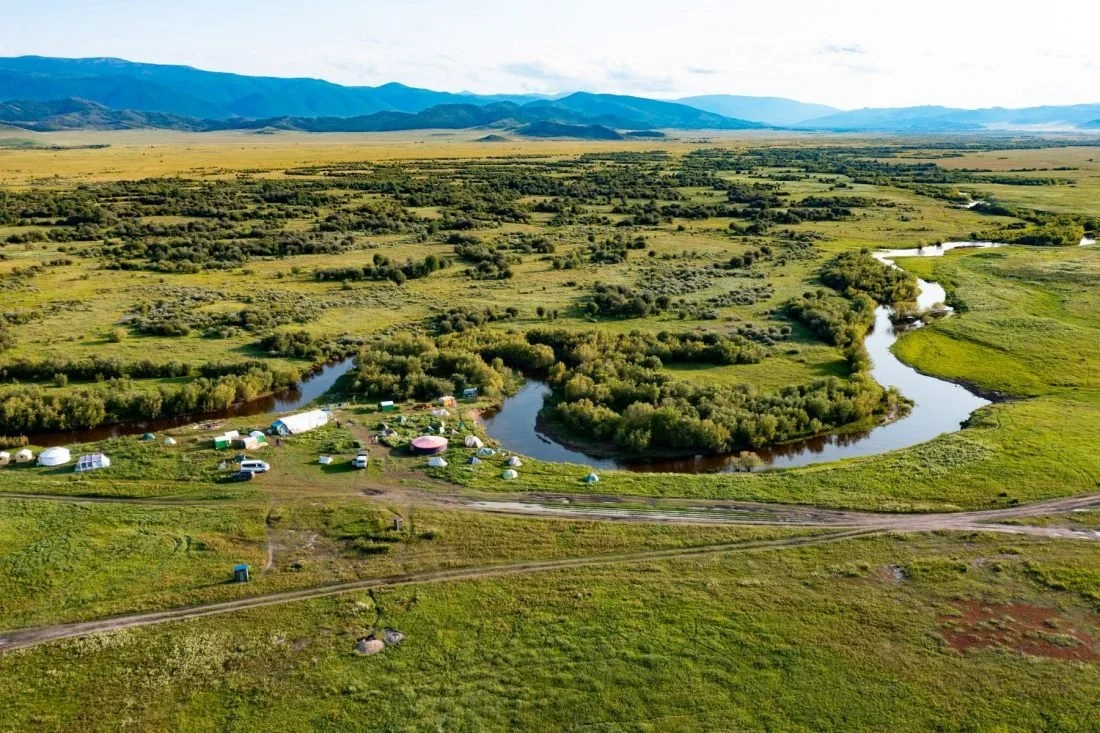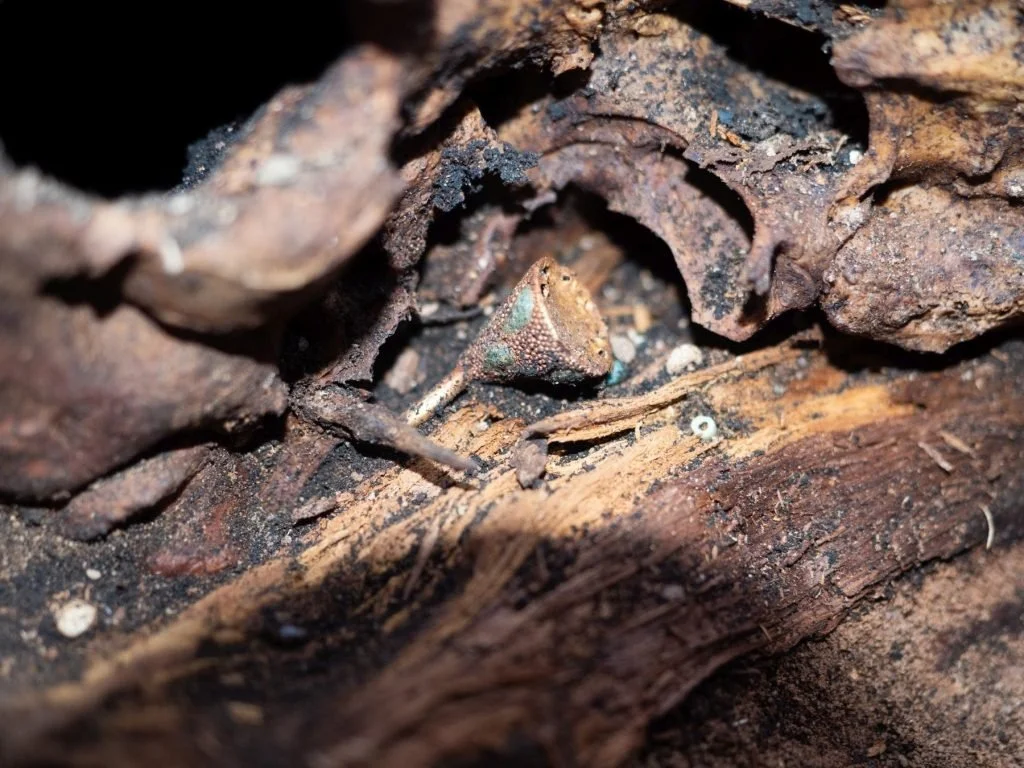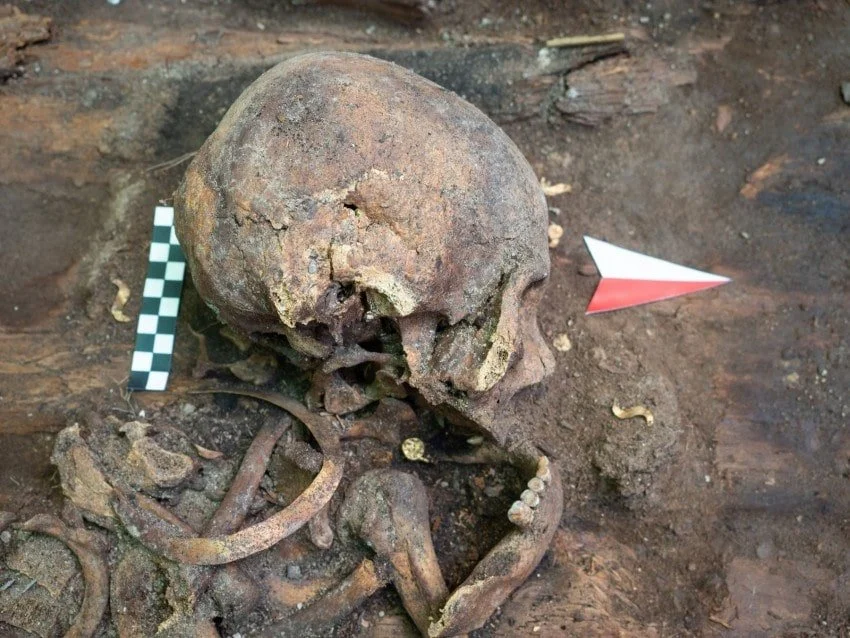The viewer of the new interactive tour through the Sanctuary of Delphi, created by the cultural center "Hellenic World'', is first asked if he has ever been to the "navel of the earth" as a visitor. The answer is given by pressing the corresponding button on the seat of the "Dome", the hemispherical virtual reality theater of the "Hellenic World" where the tour is presented, and frankly, it doesn't really matter what one answers. Because whether he has set foot in Delphi or not, he will be taking a complete virtual journey for young and old through the space and time of the Delphic sanctuary and oracle, which for centuries was a cult center and a symbol of the unity of the ancient Greek world.
The start is as it would have been in ancient times: from the meeting point of the religious processions at the beginning of the "Sacred Road", the central axis of the Sanctuary of Delphi. Citizens, princes and representatives of entire cities marched on it, especially from the 6th to the 4th century BC, when the Delphic Oracle was in its heyday, who had come to ask for an oracle and who expressed their gratitude to Apollo with impressive offerings.
These tributes have survived only in the descriptions of Pausanias, on which the interactive tour of the "Hellenic World '' at Delphi is based (as well as on the excavation results). And as it turns out, they were brilliant votive offerings: The bronze bull that the Corfu citizens dedicated to their god after a great fishing success in 480 B.C., the 37 statues with which the Spartans commemorated their victory over the Athenians at Aigos Potamos in 405 B.C., the statue of the Trojan Horse that the Argeans commissioned in 414 B.C. to commemorate their victorious battle with the Spartans at Therea, they are depicted here in all their glory with the help of technology.
"Now let us turn our gaze to the left," exhorts through the microphone the "Hellenic World" museum educator who has taken over the live "guided tour" of Delphi, asking educational questions to encourage audience participation. What is seen now is the "Treasure of the Sifneans", one of the most magnificent and decorated buildings of the Sanctuary of Delphi, which served as the treasury of the inhabitants of Sifnos and their own offerings.
The best preserved part of the building is the north side of the frieze, where the giant battle is depicted. However, with the help of virtual reality, it is possible to see the other representations of the frieze, such as the Judgment of Paris or the Abduction of the Leucippids, in their true colors. In the corresponding building in Athens, the "Treasury of the Athenians", the viewer has the opportunity to enter the interior and admire a variety of vases, weapons and other tributes, while another impressive Athenian votive, the "Stoa of the Athenians", is also presented in its original form.
Encounter with Pythia
And when you come to the temple of Apollo, when you "look" at the bronze statue of the god (dedicated to him by the Greeks after the naval battle of Salamis) up close, when you "marvel" at the tripod of Plataea (which was transferred to Constantinople in 324 AD ), when you admire the column with the dancers, the Sphinx of the Naxians and some other important monuments, above all, when you enter the sanctuary of the temple (leaving behind the inscriptions with the sayings of the seven sages of antiquity or the mysterious Delphic "E" in the Pronaos), when you "meet" Pythia and hear a taste of her oracles, you now feel, as far as technology allows, all of Delphi before your eyes.
The ancient theater is depicted in great detail, and the view of the Delphic landscape from its upper part is magnificent. In that way the virtual reality presented in the previous 40 minutes ends, for which a team of 3D modelers, programmers, archeologists, but also the executive director of the Greater Hellenism Foundation and head of its research and science programs, Dimitris Efraimoglou, were responsible.























